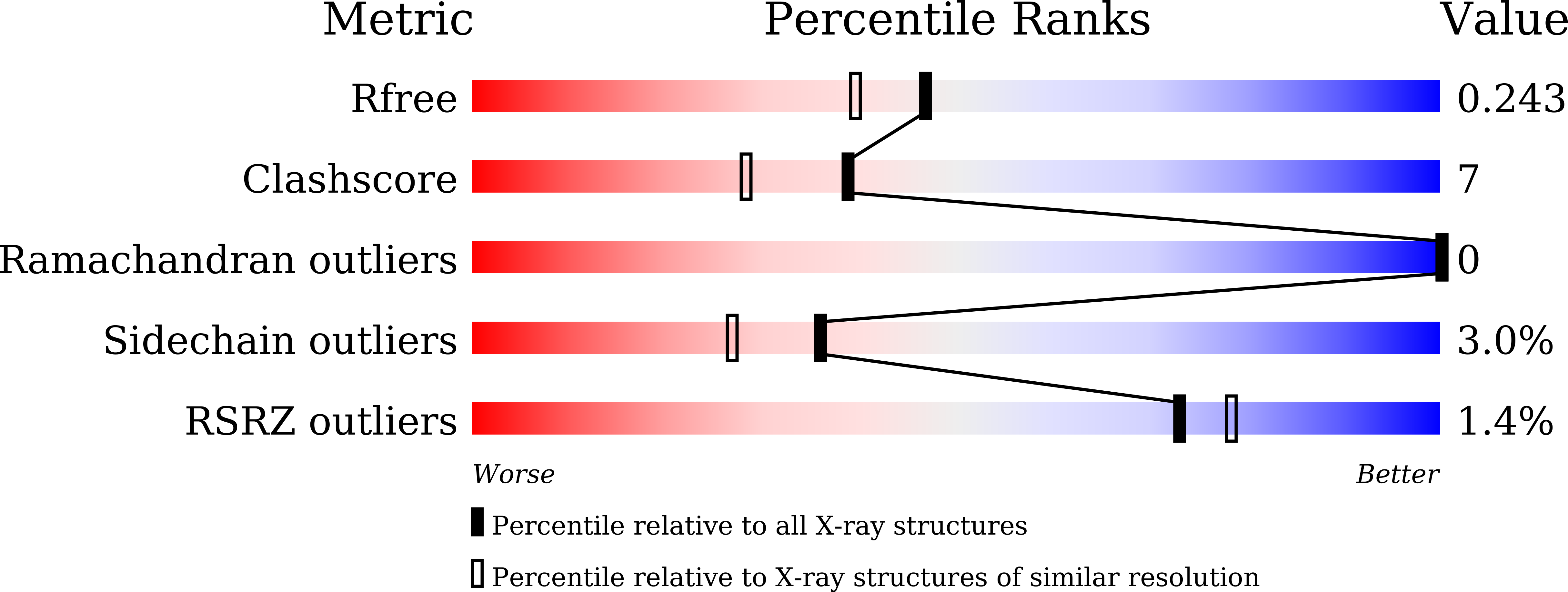
Deposition Date
2023-09-23
Release Date
2024-09-25
Last Version Date
2024-10-02
Entry Detail
PDB ID:
8WHN
Keywords:
Title:
Crystal Structure of the cytoplasmic domain of OST1 (Ribophorin I) from Candidatus Prometheoarchaeum syntrophicum strain MK-D1
Biological Source:
Source Organism:
Candidatus Prometheoarchaeum syntrophicum (Taxon ID: 2594042)
Host Organism:
Method Details:
Experimental Method:
Resolution:
1.95 Å
R-Value Work:
0.21
R-Value Observed:
0.24
Space Group:
P 2 21 21


